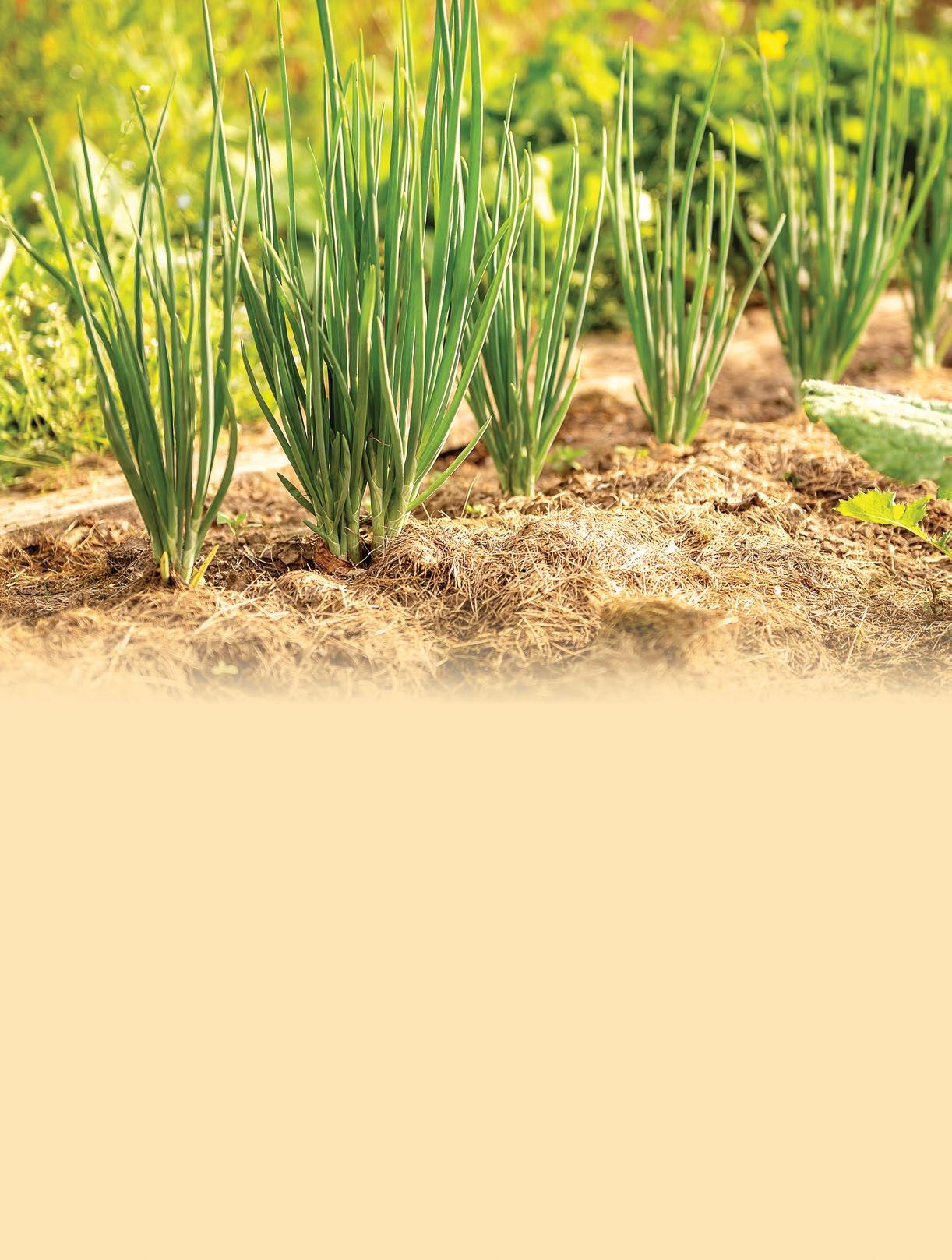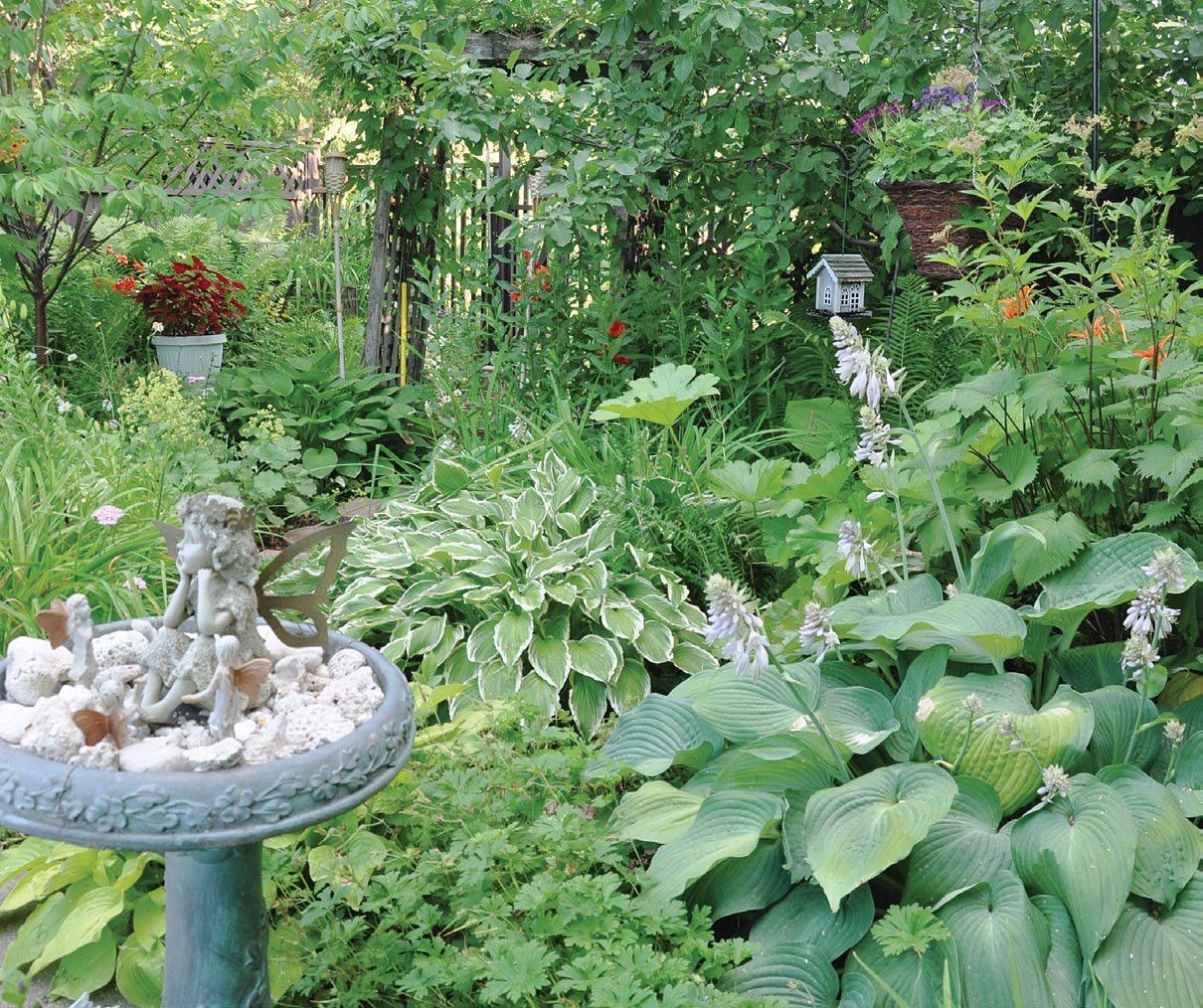Close to the kitchen By Shauna Dobbie
W
hen I move to a home with more land (where I can keep chickens and grow apple trees!), I will keep a little kitchen garden right outside the back door for things I need frequently through the summer. The raspberry bushes, asparagus and cauliflower will be further away, in the business part of the garden, not too far from the compost heap. Close to the kitchen, I will have the things I’ll want to step out and grab as I’m making dinner. Greens for salads will definitely be there. Arugula and spinach and all the lettuces I can manage. These are known as “cut and come again” greens. What you do is cut the outer leaves only, while the plant is growing. The “growing tip” is in the centre, where the new leaves are emerging; cut that and you won’t get any more plant. You can plant greens seeds all spring and again in the fall. These are cool-weather crops; the maximum temperature for lettuce to be happy is 24 Celsius, so I won’t even try in July
70 • 2021
and August here in Southern Ontario. In areas where you don’t get such hot summers you can try, though. There will be tomatoes, which can be picked ripe if they get that far without splitting or being nibbled by bugs, birds or squirrels. I’ll pick most when they’re half pink (for red varieties) and ripen them in the house, though. Turns out they ripen with full flavour and nutrition once they reach this point, known as the breaker stage. Picked tomatoes are best kept in a non-sunny spot at room temperature. Keeping them on the windowsill can lead to sun scald. And cucumbers; they’ll produce for about six weeks, but only if you stay on top of picking the ones that are ready. I can start the season with ‘Green Light’ cucumbers, an AllAmericas Selection winner for 2020, which is mature just 42 days from germination. ‘Aladdin’ takes 65 days, so they’ll be ready when ‘Green Light’ starts to wane. We’re partial to strawberries in Issue 2
salad, so I’ll have to have some in my kitchen garden. Choosing varieties will be a little tricky with strawberries. There are “everbearing”, which are different from “day-neutral”. The traditional strawberry bears fruit in June or July, depending on where you live. Everbearing gives fruit in the early summer and again late in the summer. Day-neutral flowers and fruits all summer long and into fall, but sometimes day-neutral are called everbearing because, well, they are ever bearing fruit. ‘Albion’ and ‘Seascape’ are a couple of good dayneutral varieties. Neither my husband nor I are crazy about radishes, but by the time we get our house-with-land, perhaps we can have company for dinner again, so maybe I’ll put in a few. They can go from seed to harvest in just three weeks, but you can’t grow them in the heat of summer. Which is why I’ll interplant carrots along with the radishes. Carrots take time to germinate, so it makes sense to plant them localgardener.net


















